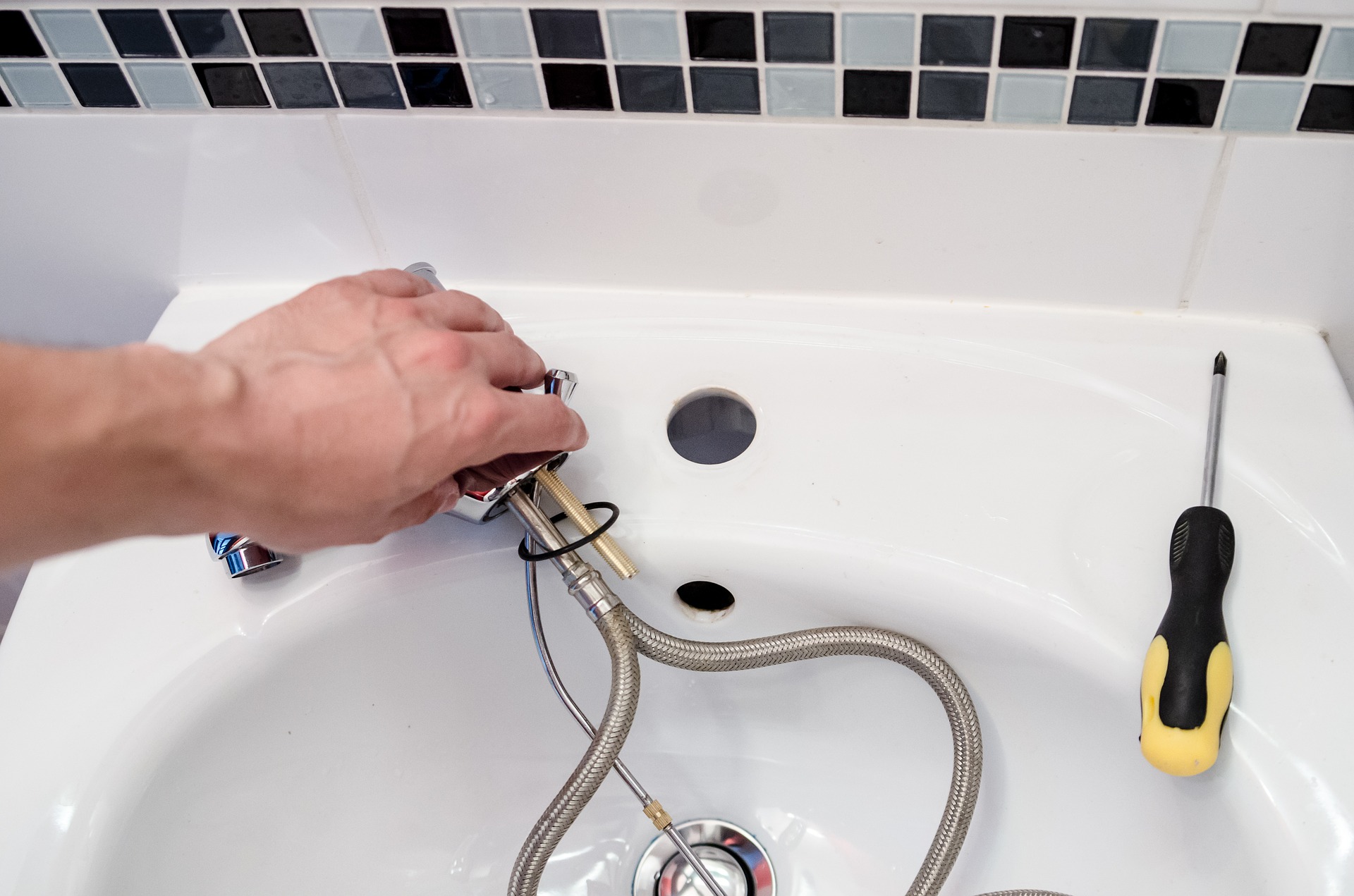Key Winterizing Tips: How to Keep Your Pipes Safe from Bursting in Frigid Temperatures
Key Winterizing Tips: How to Keep Your Pipes Safe from Bursting in Frigid Temperatures
Blog Article
In this article down the page you will discover a good deal of wonderful information and facts all about Prevent Freezing and Bursting Pipes.

All property owners that reside in pleasant environments must do their best to winterize their pipelines. It is something you need to do throughout fall before deep wintertime genuinely begins. Failure to do so can lead to catastrophe like frozen, split, or burst pipelines. Right here are some handy winterizing hacks to maintain your plumbing system safeguarded even if the weather exterior is terrible.
Attempt a Hair Clothes Dryer or Warmth Weapon
When your pipes are practically freezing, your reliable hair dryer or warm gun is a blessing. If the warm towels do not aid dislodge any kind of resolving ice in your pipelines, bowling warm air straight into them might help. You may end up damaging your pipes while attempting to thaw the ice.
Open Up Cabinet Doors Hiding Plumbing
When it's chilly outside, it would be valuable to open closet doors that are concealing your pipes. Doing this small method can maintain your pipelines warm and also limit the potentially harmful results of freezing temperature levels.
Take Some Time to Wrap Exposed Pipes
One easy and also clever hack to warm up cold pipes is to cover them with cozy towels. You can cover them first with towels. After securing them in position, you can pour boiling water on the towels. Do it gradually to allow the towels take in the fluid. You can also make use of pre-soaked towels in hot water, simply do not forget to use protective gloves to safeguard your hands from the heat.
Switch on the Faucets
When the temperature decreases and it seems as if the frigid temperature will certainly last, it will assist to turn on your water both inside your home and also outdoors. This will keep the water flowing via your plumbing systems. Furthermore, the movement will certainly reduce the freezing process. Significantly, there's no requirement to turn it on full force. You'll end up wasting gallons of water this way. Rather, go for regarding 5 drops per minute.
When Pipes are Frozen, close Off Water
Turn off the primary water valve instantly if you see that your pipelines are completely frozen or practically nearing that phase. You will usually discover this in your basement or utility room near the heating system or the front wall closest to the street. Transform it off right away to avoid further damages.
With more water, even more ice will load up, which will ultimately lead to burst pipelines. If you are unsure about the state of your pipes this winter season, it is best to call a specialist plumber for an evaluation.
All house owners that live in warm climates have to do their finest to winterize their pipelines. Failure to do so can mean catastrophe like frozen, fractured, or burst pipes. If the warm towels do not help remove any settling ice in your pipes, bowling warm air straight into them may assist. Transform off the primary water valve right away if you notice that your pipes are totally icy or almost nearing that stage. With more water, even more ice will load up, which will at some point lead to rupture pipes.
PREVENT YOUR PIPES FROM FREEZING THIS WINTER
A Leading Cause of Property Damage
When the weather is taking a deep nose dive into the cold dreary days, the risk of your pipes freezing and potentially bursting skyrockets. Unfortunately, during these cold dreary months, burst pipes are the most common denominator for property damage. The pipes that are most at the risk are those that are in areas where it is most cold in your home. For instance, pipes located in interior places such as basements, attics, and your garage. Unfortunately, that doesn’t mean that the pipes running through your cabinets or exterior walls can’t freeze. Good news, however, is that you can do things to help prevent pipes from freezing.
How to Prevent Pipes From Freezing
Once the temperature starts to drop during the winter, you should be taking the proper measures needed to ensure that your pipes stay warm and that there is circulation of water through them. Some steps that experts may recommend could go against your better judgement when it comes to saving water and heat. However, it would go without saying that when expenses are compared, damaged pipes could put a bigger dent in your wallet than a water bill.
What Can I Do?
Keep your garage door closed. This is very important, especially if you have water supply lines running through your garage. Open your kitchen and bathroom cabinets to allow warm air to circulate through them. Allow air circulation throughout your home. Keeping the interior doors open will once again allow the warm air to circulate inside your home. Ensure your thermostat is running the same temperature throughout the night and day. If you plan to be away from home during the cold months, set your temperature no lower than 55° F. This should provide enough heat to keep the pipes warm and prevent any remaining water inside the pipes from freezing. For more of a long-term solution, add insulation to attics, basement, and other crawl spaces around your home. By allowing your faucet to drip, it will alleviate pressure in the system. This is important because the pressure that is created between the blockage and the faucet can potentially cause the pipes to burst. Allowing the faucet to drip will prevent the pressure from building up, therefore keeping the pipes from bursting. Seal any cracks, openings, and crawl spaces around your home to prevent cold air from coming inside. This keeps your pipes-not to mention your home-warmer and less susceptible to issues caused by freezing temperatures. For the pipes in your home that are easily accessible, applying electrical tape to them might prevent them from freezing over. This is a quick fix, as you can apply the tape directly to the pipe. There are two options for heating tapes. One turns on and off by itself when it senses heat is needed. The other type of heating tape needs to be applied when heat is needed and removed when not necessary. If you have exposed pipes in your home, you can check this website to take a look at a few options that would be available at a shop near you.

We were made aware of that write-up on How to Prevent Frozen Pipes from an acquaintance on a different web address. Enjoyed reading our article? Please share it. Help others locate it. Thanks for your time. Don't forget to check our website back soon.
Make An Appointment Report this page